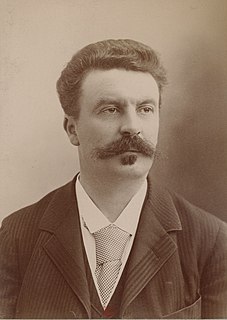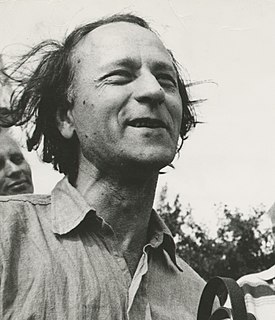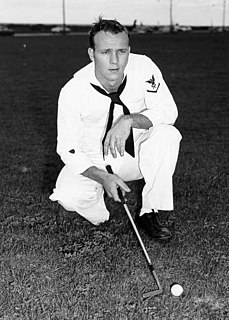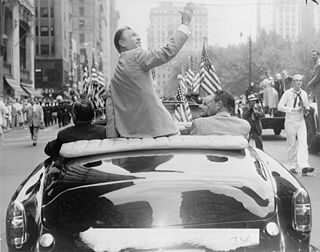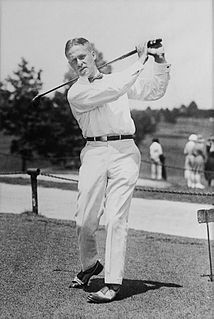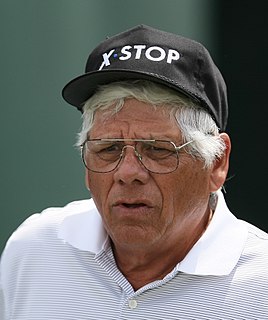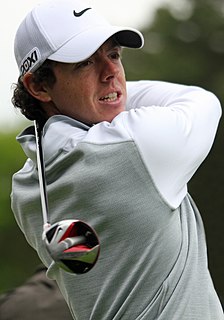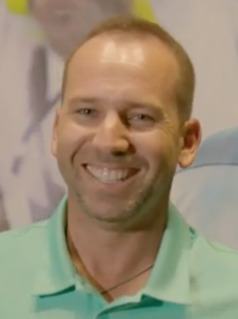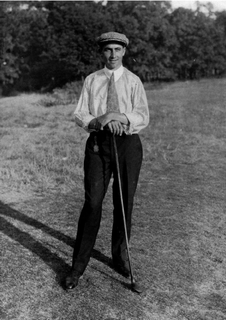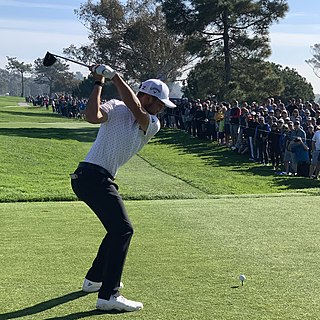A Quote by Ernie Els
Contours on the second half of a long putt have more impact on how the ball rolls because it's going slower. Adjust your speed if that last part is playing uphill or downhill. Don't get fooled by an early slope or break.
Related Quotes
I can't putt. The reasons are infinite. When lining up a putt, I can't remember if the ball always breaks to the ocean or to the valley or away from Pinnacle Peak. And because I took up the game in Minnesota, in what is often called Middle America, I also grew up asking, 'To which ocean does it break?'
I'm a filmmaker, but my working procedures are different. All my basic structuring is done during the filming. You know, how long I keep the shot, the exposure or the speed - slower or faster, etc. That's structuring. And then there is a second stage of structuring that comes later when I begin to put those pieces together.
First and fore-most, you must have confidence. Your second mental problem is concentration. Think the shot through in advance before you address the ball. Draw a mental image of where you want it to go and then eliminate everything else from your mind, except how you are going to get the ball into that preferred spot.





